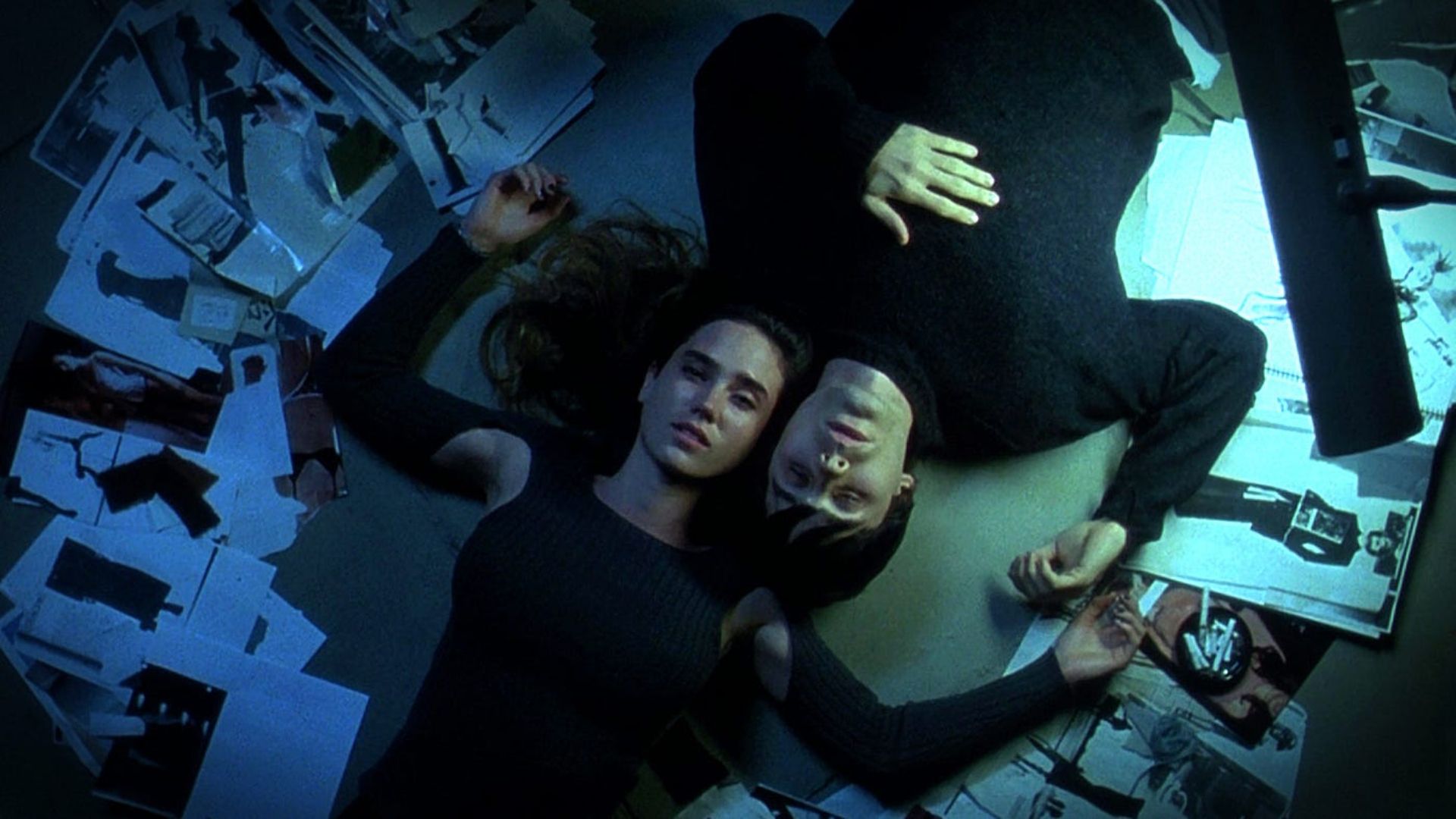Although films like Trainspotting, The Basketball Diaries, and Fear and Loathing in Las Vegas presented audiences with radically different depictions of drug use, Requiem for a Dream was a gut punch of an entirely different magnitude. Darren Aronofsky’s bleak portrayal feels like a nightmare in progress at all times, and unfortunately, when the film goes for a landing, that’s when things get truly disturbing.
The ending of the 2000 psychological drama starring Jared Leto, Ellen Burstyn, and Jennifer Connelly is a sharp blow that’s hard to recover from. It’s a conflict “resolution” that traumatized an entire generation with the most intense depiction of the human condition at its lowest.
What Is ‘Requiem for a Dream’ About?
Requiem for a Dream follows several characters who are all tied together by their addiction to drugs. Harry (Jared Leto) and Tyrone (Marlon Wayans) are best friends who make their living selling heroin but also spend their days consuming their product. Harry’s girlfriend Marion (Jennifer Connelly) believes that they’re doing well enough and supports Harry throughout. She also uses drugs, but dreams of opening a store someday.
However, these are not the only dreamers in the film. Harry’s mother Sara (Ellen Burstyn) also has a dream of appearing on a TV show. However, her only chance is to become young and beautiful. Sara has false hope that diet pills will be enough to make her apt for the spotlight. Eventually, all the storylines flow in the same direction, and Requiem for a Dream becomes a twisted depiction of the opposite of the American Dream. Per the Rotten Tomatoes synopsis of the film:
Imaginatively evoking the inner landscape of human beings longing to connect, to love and feel loved, the film is a parable of happiness gloriously found and tragically lost. Requiem for a Dream tells parallel stories that are linked by the relationship between the lonely, widowed Sara Goldfarb and her sweet but aimless son, Harry. The plump Sara, galvanized by the prospect of appearing on a TV game show, has started on a dangerous diet regimen to beautify herself for a national audience.
The Ending of ‘Requiem for a Dream’ Explained
Requiem for a Dream is not an easy film to watch, but the final act takes a hard-to-watch film to a whole other level. To the tune of Clint Mansell’s now iconic score, “Lux Aeterna,” our set of characters each meet their own conclusion. A personal hell awaits each of them. Tyrone and Harry head out to Florida for a drug run, but the plan fails. Tyrone is sent to prison and undergoes a harrowing withdrawal process, during which guards humiliate him. Harry’s use of drugs has rendered him unable to feel any pain from the infection bubbling in his arm. It is so rotten that he becomes an amputee, dreaming of his life with Marion — a life that he will no longer have.
Sara succumbs to the hallucinations brought on by the addiction to amphetamines. In the end, she gets electroconvulsive therapy, and while in her mind she finally arrives on the stage and is welcomed by the audience, the real Sara is shown as a lifeless vestige of the woman she used to be. Looking to find drugs, Marion is forced to prostitute herself. Harry doesn’t answer her calls anymore, and the only way she can go on is by herself. She’s shown “performing” at a sex party in a scene that will probably make you look away. In the end, she rests after the violent act and is only relieved by the drugs she has been able to take.
Twenty-five years ago, Requiem for a Dream was a fascinating yet unforgiving portrayal of the real issue of drug addiction. It was, for sure, a cautionary tale for many, and for others a reality shock that made them drop some plans to try new stuff.
If you or someone you know needs help with addiction or substance use, you can call the Substance Abuse and Mental Health Services Administration at 1-800-662-4357 or visit the SAMHSA website. If you are in an immediate crisis, you can text 988.
Source link


















Add Comment